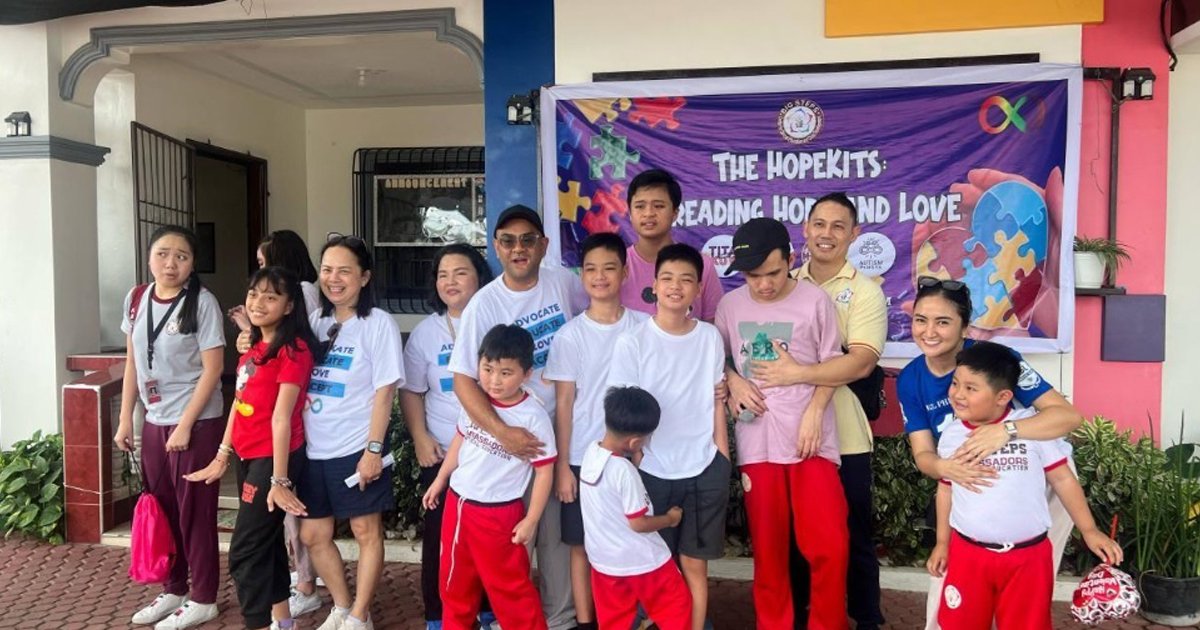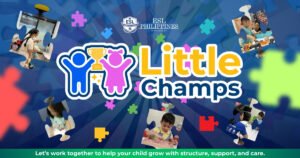In every Filipino home, a parent dreams of giving their child the best possible future—a future filled with hope, learning, and opportunity. But for many families raising children with disabilities, that dream often feels out of reach. Too many parents face a painful reality: a lack of access to quality education, limited support from schools, and a system that still struggles to fully embrace inclusivity.
BIG STEPS SCHOOL
In a groundbreaking move to elevate inclusive community among Filipinos, the Philippines enacted RA 11650, also known as the Inclusive Education Act of 2022. This law redefines access, equity, and quality in basic education—ensuring no child is left behind. Signed into law in March 2022, it aims to transform the educational landscape by ensuring that every learner with a disability (LWD) has the right to study, grow, and thrive alongside their peers in a supportive, inclusive environment. More than just a policy, this law recognizes what every Filipino parent already knows in their heart: that every child—regardless of their ability—deserves a chance to learn.
By setting up Inclusive Learning Resource Centers (ILRCs) across the country, the law helps learners with disabilities. This change is transforming the Philippine Education System.
*The Inclusive Education Act promotes equitable access to quality education.
*RA11650 establishes Inclusive Learning Resource Centers nationwide.
*The law supports learners with disabilities in the Philippines.
*It transforms the Philippine education system to be more inclusive.
*Learners with disabilities will have improved access to educational resources.
Understanding the RA11650 Inclusive Education Act Law Philippine Inclusive Education
The RA11650 Inclusive Education Act is all about fairness and inclusion in schools. The Philippines has always wanted to help kids with disabilities learn. This law is the result of many efforts to make schools better for everyone.
The Senate says this law will make our education match the best from around the world. It’s a big deal for our country. Here’s what makes RA 11650 a revolutionary step forward:
*Inclusive Learning Resource Centers (ILRCs): These are set to be established in all school divisions and strategically selected school districts. ILRCs will serve as hubs for resources, training, and specialized services to support LWDs.
ILRCs are made to be easy to use. They help learners with disabilities get the help they need. Teachers, doctors, and local governments work together to run these centers. They offer therapy, assessments, and educational resources. These services help learners with disabilities succeed in school.
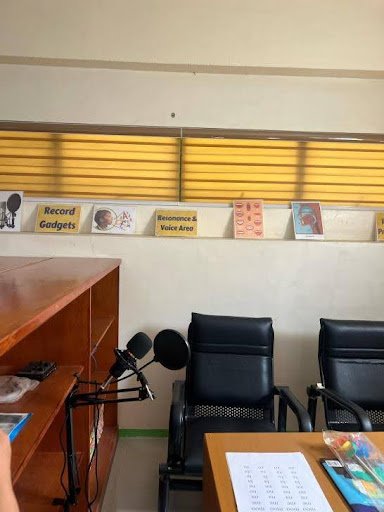
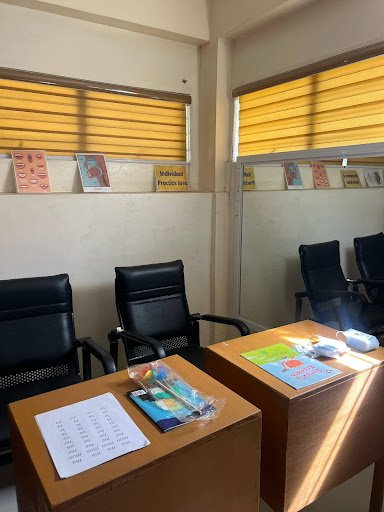
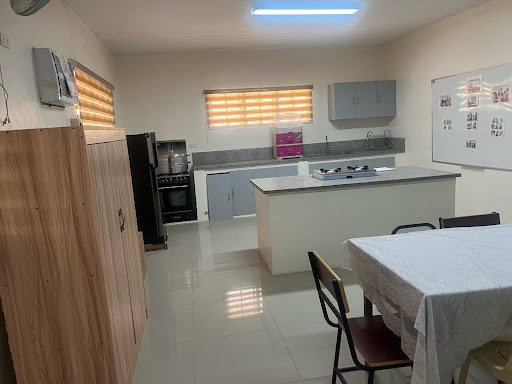
Inclusive Learning Resource Centers in Angeles Pampanga
Support Services for Learners with Disabilities
RA11650 stresses the need for support services for learners with disabilities. These services help learners overcome challenges and reach their goals.
The law requires many support services. These include assistive technology, sign language interpretation, and braille materials. These services help make schools more inclusive.
| Support Service | Description |
| Assistive Technology | Tools and devices that helps learners with disabilities access educational materials and participate in learning activities |
| Sign Language Interpretation | Interpreters who facilitate communication between learners who are deaf or hard of hearing and their educators. |
| Braille Materials | Educational materials translated into braille for learners who are blind or have low vision. |
- Individualized Education Plans (IEPs): These ensure that the unique needs of every child with a disability are met through personalized goals, strategies, and learning outcomes.
Individualized Education Plans (IEPs) are key in RA11650. They ensure learners with disabilities get the right educational support. IEPs are made with teachers, parents, and doctors to meet each learner’s needs.
To make RA11650 work, we need a solid plan. This plan should cover who does what, when, and how we’ll use our resources. The Department of Education (DepEd) is key in making RA11650 happen. They will set up Inclusive Learning Resource Centers (ILRCs) and create Individualized Education Plans (IEPs) for students with special needs. DepEd will also train teachers and school leaders on how to teach inclusively.
Local Government Units (LGUs) are important too. They will help DepEd by providing resources and support. LGUs know their communities well. They can help make RA11650 fit the local needs better.RA11650 will be rolled out in stages. The first step is to set up ILRCs and start making IEPs. Later, we’ll grow our inclusive education services and keep training teachers.
- Child Find System (CFS): RA 11650 establishes a systematic approach to identifying, locating, and evaluating children with disabilities who are not enrolled in school. This early intervention is crucial in supporting these learners as soon as possible.
RA11650 introduces the Child Find System. It’s a way to find and help learners with disabilities. This system makes sure these learners get the support they need to do well in school.
The Child Find System finds learners with disabilities through several steps. It starts with awareness campaigns, referrals, and initial screenings. Early identification is key to providing timely help.
This process makes sure learners with disabilities get the support they need. It helps them access quality education.
- Removal of Labels: The law mandates the gradual transition of SPED (Special Education) centers into inclusive learning environments. Labels like “special needs” or “special education” are to be phased out in favor of inclusive terminology.
- Teacher Training and Development: Educators and school personnel will undergo specialized training to effectively handle diverse classrooms and apply inclusive education practices.
The assessment and evaluation procedures under RA11650 are detailed. They involve many stakeholders. These steps are crucial in figuring out what learners with disabilities need.
There are different assessments, like diagnostic assessments, functional assessments, and progress assessments. Each one helps understand a learner’s needs in its own way.
Assessments are done by qualified professionals. They have the right training and know-how. These experts are key to making sure assessments are fair and accurate.
Placement and Intervention Strategies
After assessment, learners with disabilities get the right placement and intervention strategies. These strategies are made just for each learner. They help learners reach their educational goals.
| Assessment Type | Purpose | Conducted By |
| Diagnostic Assessment | Identify specific needs or disabilities | Qualified Assessment Professionals |
| Functional Assessment | Evaluate daily functioning and capabilities | Multidisciplinary Team |
| Progress Assessment | Monitor progress and adjust interventions | Teachers and Support Staff |
Resources for Educators and School Administrators
Educators and school leaders are crucial in applying RA11650. They need training and tools to support students with disabilities. The DepEd should offer ongoing professional development to ensure educators are ready.
They also need resources like inclusive materials and assistive technologies.
The Urgent Need for Inclusive Education in the Philippines
Despite existing policies, many Filipino learners with disabilities still face exclusion. According to UNICEF Philippines, thousands of children with disabilities are either not in school or are not receiving adequate support when enrolled. Stigma, lack of trained teachers, inaccessible school environments, and financial challenges remain barriers.
Inclusive education doesn’t just benefit LWDs—it fosters empathy, diversity, and understanding in the entire school community. It prepares all students for real-world interactions, where inclusion should be the norm, not the exception.
Stakeholder Engagement and Responsibilities
The success of RA11650 depends on the active participation of many groups. This includes parents, educators, school leaders, and the community. Each group plays a key role in making education inclusive and supporting students with disabilities.
Parental Involvement: Parents and guardians are encouraged to participate in the education planning and decision-making process of their children.
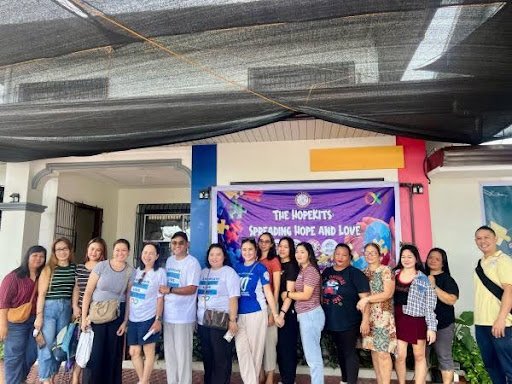
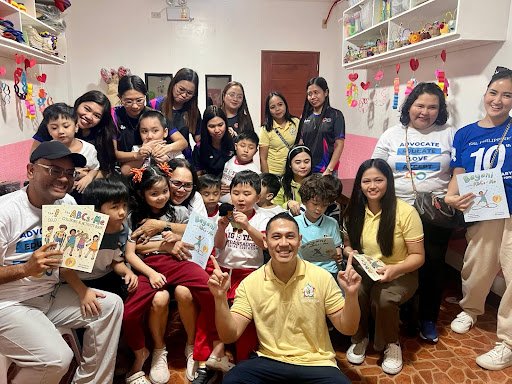
Community Involvement and Advocacy
Getting the community involved is key for supporting students with disabilities. Advocacy helps spread the word about inclusive education’s importance. It fosters a culture that values diversity and equality.
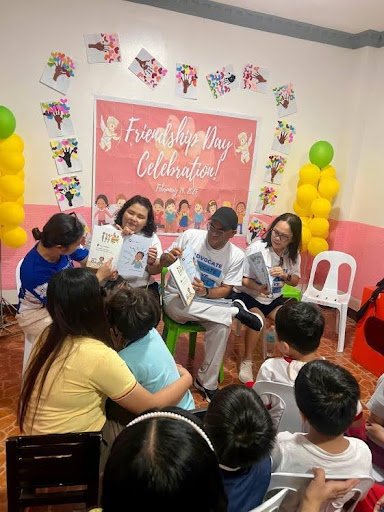
Addressing Implementation Challenges
There will be hurdles in implementing RA11650, like lack of resources and old attitudes. To overcome these, everyone must work together to find solutions and gather resources. A united effort will make the process smoother and more effective.
| Stakeholder | Role | Responsibilities |
| Parents | Advocates | Understand their rights, support their child’s education, and advocate for inclusive practices. |
| Educators and School Administrators | Implementers | Provide inclusive education, develop Individualized Education Plans (IEPs), and support learners with disabilities. |
| Community | Supporters | Promote a culture of inclusion, provide resources, and advocate for the rights of learners with disabilities. |
How You Can Support Inclusive Education
Whether you’re a parent, teacher, local official, or concerned citizen, here’s how you can help:
- Advocate: Talk about inclusive education. Spread awareness about RA 11650 in your community.
- Engage: If you’re an educator, attend training sessions and apply inclusive practices in your classroom.
- Support: Encourage your local government and school administrators to establish ILRCs.
- Empower: Help parents of children with disabilities navigate the system and access the rights RA 11650 grants them.
Conclusion
RA11650, or the Inclusive Education Act, is a big step for the Philippines. It aims to make education fair for everyone. This law could really help students with disabilities get the help they need to do well.
This law sets up a plan for inclusive education. It includes special centers, support services, and plans for each student. To make it work, the Department of Education, local governments, and the community need to keep supporting it.
The Philippine government has made a big move towards inclusive education. Now, it’s up to everyone to help make sure this law works. This will help create a more welcoming place for learning in the Philippines.
FAQ
What is RA11650, and what is its significance in Philippine education?
- RA11650, or the Inclusive Education Act, is a big step for education in the Philippines. It ensures that students with disabilities get quality education. Signed in March 2022, it aims to make schools more welcoming for everyone.
What are Inclusive Learning Resource Centers (ILRCs), and what role do they play in supporting learners with disabilities?
- ILRCs are places where students with disabilities get help. They offer therapy, assessments, and educational tools. They are key to making schools more inclusive, as part of RA11650.
What are Individualized Education Plans (IEPs), and how are they developed?
- IEPs are special plans for students with disabilities. Teachers, parents, and others work together to create them. This ensures students get the support they need to do well.
What is the Child Find System, and how does it identify learners with disabilities?
- The Child Find System is part of RA11650. It helps find and support students with disabilities. It uses a process to identify, assess, and evaluate students’ needs.
What are the roles and responsibilities of the Department of Education (DepEd) in implementing RA11650?
DepEd is key in making RA11650 work. They set up ILRCs, offer support, and create guidelines. This helps schools follow the law.
How can parents of children with disabilities support the implementation of RA11650?
Parents can help by being involved in their child’s IEP. They can also use ILRC services and fight for their child’s rights. This supports RA11650.
What resources are available for educators and school administrators to support learners with disabilities?
Teachers and school leaders can find training and guidelines. These help them make schools more inclusive. It’s all about supporting students with disabilities.
How can the community get involved in promoting inclusive education under RA11650?
The community can help by spreading the word about inclusive education. They can also support advocacy and help at the local level. This helps RA11650 succeed.
What are some of the challenges in implementing RA11650, and how can they be addressed?
Challenges include getting enough money, training teachers, and changing attitudes. These can be solved by keeping up the fight, training more people, and working together.
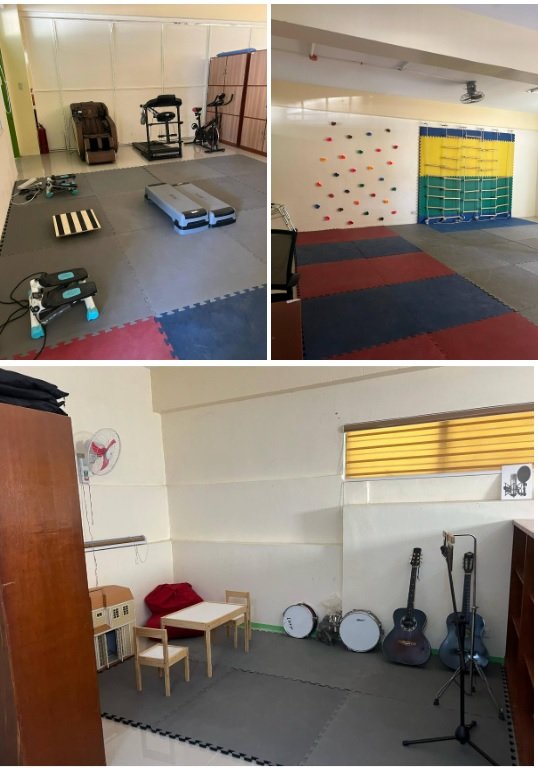
ILRC in Angeles, Pampanga

